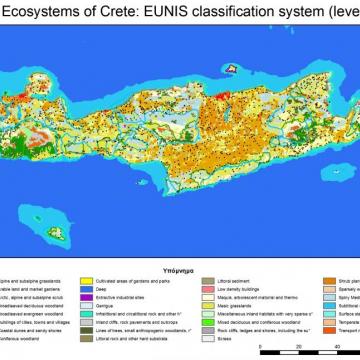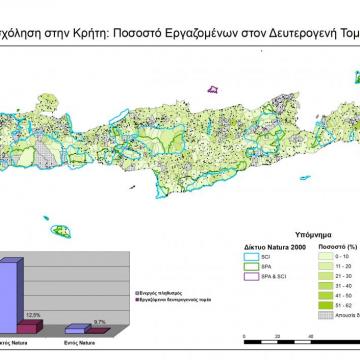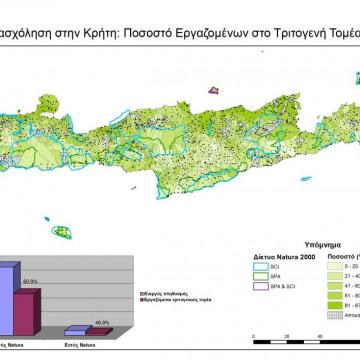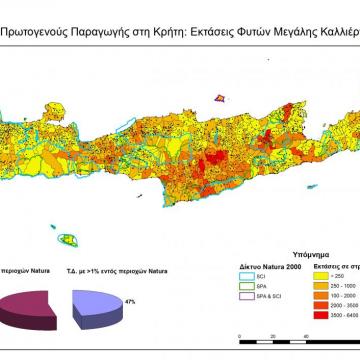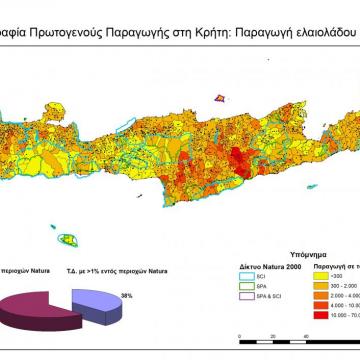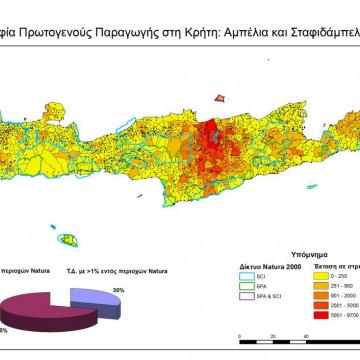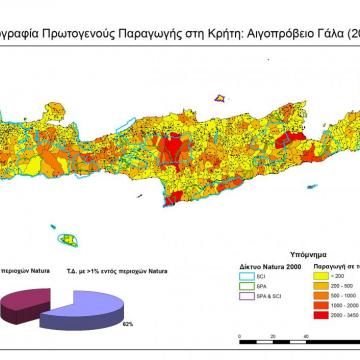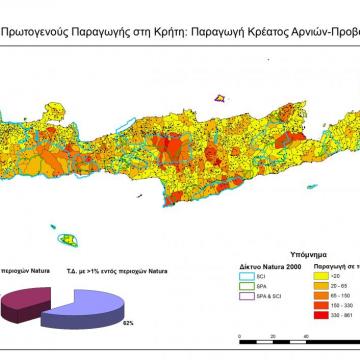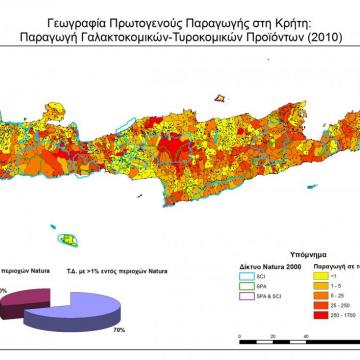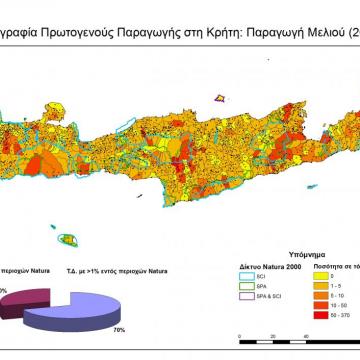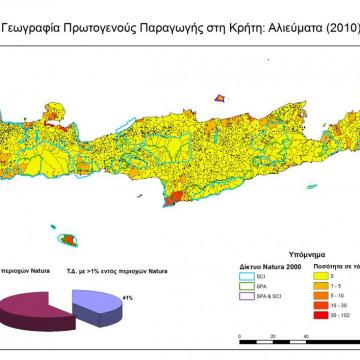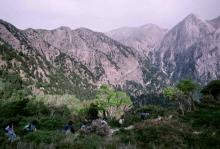News Release: Final results of Action B1: Information update and establishment of a Clearing House Mechanism for the NATURA 2000 network in Crete
The overall aim of action B1 is to update existing information focusing on establishing a framework that links ecology and economy in NATURA 2000 (N2k) sites of Crete.
In order to achieve this aim the following objectives were set:
- review of the legal framework for the protection of nature in Greece
- description of the public authorities and administrative structures and their role in protection, management and development of the areas of N2k Network
- presentation of a list of data and information useful for any study for the assessment of ecosystem services in national and regional scale
- collection and review of all data and information for the state of ecosystems services in Crete
- proposition of a platform to store, combine and analyse data and information for NATURA 2000 sites of Crete (Clearing House Mechanism-GIS database)
- description of a conceptual framework and implementation of a protocol to link ecology with socio-economic factors
- presentation of examples of services that the ecosystems of NATURA 2000 sites provide in Crete
- production of information (e.g. maps, graphs)
- description and presentation of the most relevant ecosystems services for a case study site in Crete
A "Clearing-House Mechanism" (CHM) was established and consists of the following: 1) Land Cover Vegetation Maps, 2) Land Capability and Land Resources Maps, 3) maps with the distribution of species and habitats according to the article 17 of the Habitats Directive, 4) map with the ecosystems of Crete (MAES), 5) very recent (2016) Rapideye medium resolution (5m) satellite images, 6) administrative units of Crete as well as other thematic maps (road network, cities, river network etc.).
The latest available data from the 2010 Census for the agricultural production and the 2011 Census for population and employment were included in the survey.This was possible in the smallest administrative unit where all data are collected namely the Municipal/Communal Departments (MCDs) level.They were analysed and maps were created to allow comparisons to be made between the areas of NATURA 2000 sites and the rest of Crete.
The results show an increased agricultural production inside or close to NATURA 2000 sites. The livestock production seems to be very important. Despite the fact that only 7% of the population of Crete resides in NATURA 2000 sites, the production, for example of beekeeping is almost 70%. The same percentages characterise the production of cheese and dairy products, while the production of sheep and lamb meat is 62 - 66%. Concerning the people working in the various sectors, 63% of the population inside or close to the NATURA 2000 sites is inactive, while 56% is inactive in the rest of the areas. 35,7% of the economically active population inside or close to the NATURA 2000 sites works in the primary sector, while 10,8% of the population in the rest of Crete is occupied in this sector.
Regarding the case study, the area of the National Park of Samaria was chosen, since it is the biggest and most essential NATURA 2000 site concerning its natural environment and ecosystem services. Two of these services are quite important and were further analysed: a) the role of Lefka Ori as a water reservoir which provides for the needs of the population and agriculture of west Crete and b) the high turnout of visitors at the gorge of Samaria. According to a study based on the number of visitors in the year 2013 (136.650), the sum of money visitors spent in the area and in the broader area of Chania prefecture was 3.425.000 € and 5.800.000 € respectively. The study went further in estimating the financial benefit for the area using a multiplier for tourist spending. The financial benefit to the local communities and the whole prefecture was estimated at 6,550,000 € and 11,100,000€ respectively. The study stresses the fact that these estimates are due to the visitors attracted to the area of Samaria gorge only and not money spent during the whole of visitors stay in the island.
Photo: Educational excursion in Samaria gorge, Apostolos Trichas, NHMC



